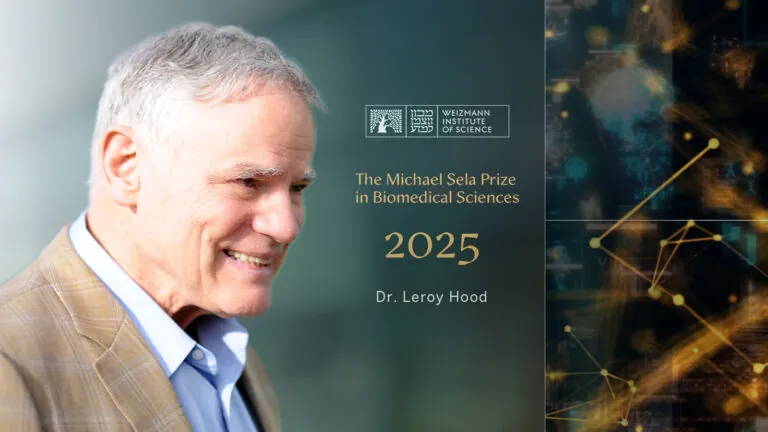
What We’re Learning About Long COVID: Updates from the PNW RECOVER Town Hall
At a recent virtual town hall, leaders of the Pacific Northwest RECOVER hub shared what they’ve learned so far about long COVID — from symptom trajectories and genetic risk to early trial results and upcoming studies — and answered questions from participants about risk factors, persistent symptoms and what comes next.




